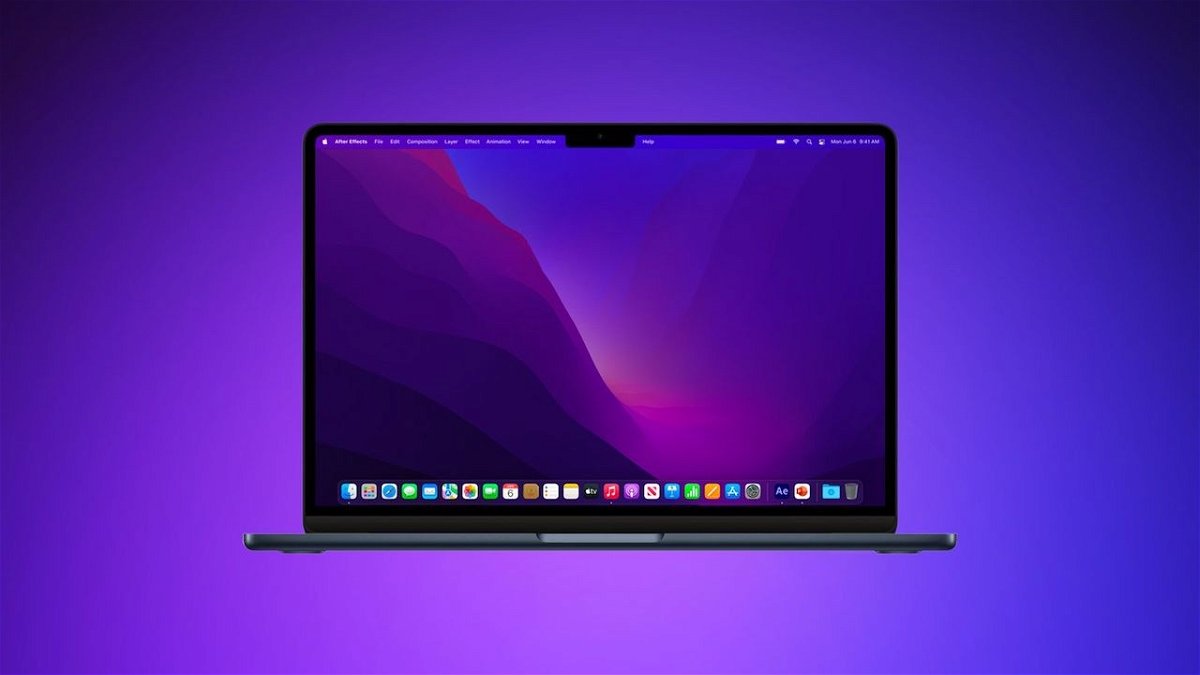At first glance, the numbers sound extremely low: According to Steam’s new hardware survey, all three RTX 4000 models together have not even accounted for one percent.
A big discussion with over 1,000 comments broke out on Reddit. However, the picture is clearly put into perspective when you look at past Geforce releases.
An important aspect: The Steam survey is based on worldwide data. This also plays a big role in our recent comparison between your graphics cards according to the GameStar survey and the GPUs in the Steam survey. You can find out everything about the outcome of this comparison here:
RTX 4000 vs RTX 3000, RTX 2000 and GTX 1000
We first look at the fastest models of the last four Nvidia generations, with the exception of the Geforce RTX 3090 Ti. The reason: The RTX 3090 Ti has not appeared once in the Steam hardware survey. The same applies to AMD’s new RX 7000 series so far.
For a look into the past we use the data from Web-Archive. Since about four months have passed since the release of the RTX 4090, all the numbers mentioned refer to this period after the release.
| Distribution on Steam four months after release | |
|---|---|
| RTX 4090 | 0.30 percent |
| RTX 3090 | 0.29 percent |
| RTX 2080 Ti | 0.20 percent |
| GTX 1080 Ti | 0.54 percent |
The value is very low for all models, only the GTX 1080 Ti stands out with 0.54 percent. While the first GTX 1000 GPU appeared in May 2016 in the form of the GTX 1080, the GTX 1080 Ti followed almost a year later in March 2017.
If we take the XX80 cards down a notch (without the Ti addition), the values go up quite a bit, at least for the RTX 3080 and the GTX 1080. The release of the RTX 4080 is not quite four months ago, lead for the sake of completeness we still include them in this table.
| Distribution on Steam four months after release | |
|---|---|
| RTX 4080* | 0,19 |
| RTX 3080 | 0,74 |
| RTX 2080 | 0,39 |
| GTX 1080 | 0,95 |
Many factors play a role
When looking at these numbers, there are a few other factors to consider. For example, the cost of graphics cards is known to have increased significantly in recent years.
While the GTX 1080 Ti was released at an RRP of 819 dollars, the RTX 4090 is almost 2,000 dollars. After all, the RTX 3080 is now also available at similar prices to the GTX 1080 Ti when it was released, even if we had to wait a long time for it.
Some links included on this page are affiliate links. Depending on the provider, GameStar receives a small commission for purchases made via these links without affecting the price.
More info.
The reason: The RTX 3000 series had to struggle with particularly poor availability due to the chip crisis and the mining boom. At the same time, the Ukraine conflict and high inflation mean that the situation remains tense.
One thing is clear from the Steam numbers, however: the vast majority of gamers worldwide, unsurprisingly, cannot afford to grab a new high-end GPU relatively quickly after the release.
Instead, older GPUs are used for longer periods of time – which can also work well with somewhat reduced details and resolutions such as Full HD or in games that are not so hardware-hungry.
How do you think about the current and older Steam figures for the distribution of high-end GPUs like the RTX 4090 and the RTX 3080 a few months after the release? Would you have expected it to be more widespread or were you already aware that, according to Steam data, only very few games use a comparatively expensive graphics card so soon after release? Feel free to write it in the comments!









